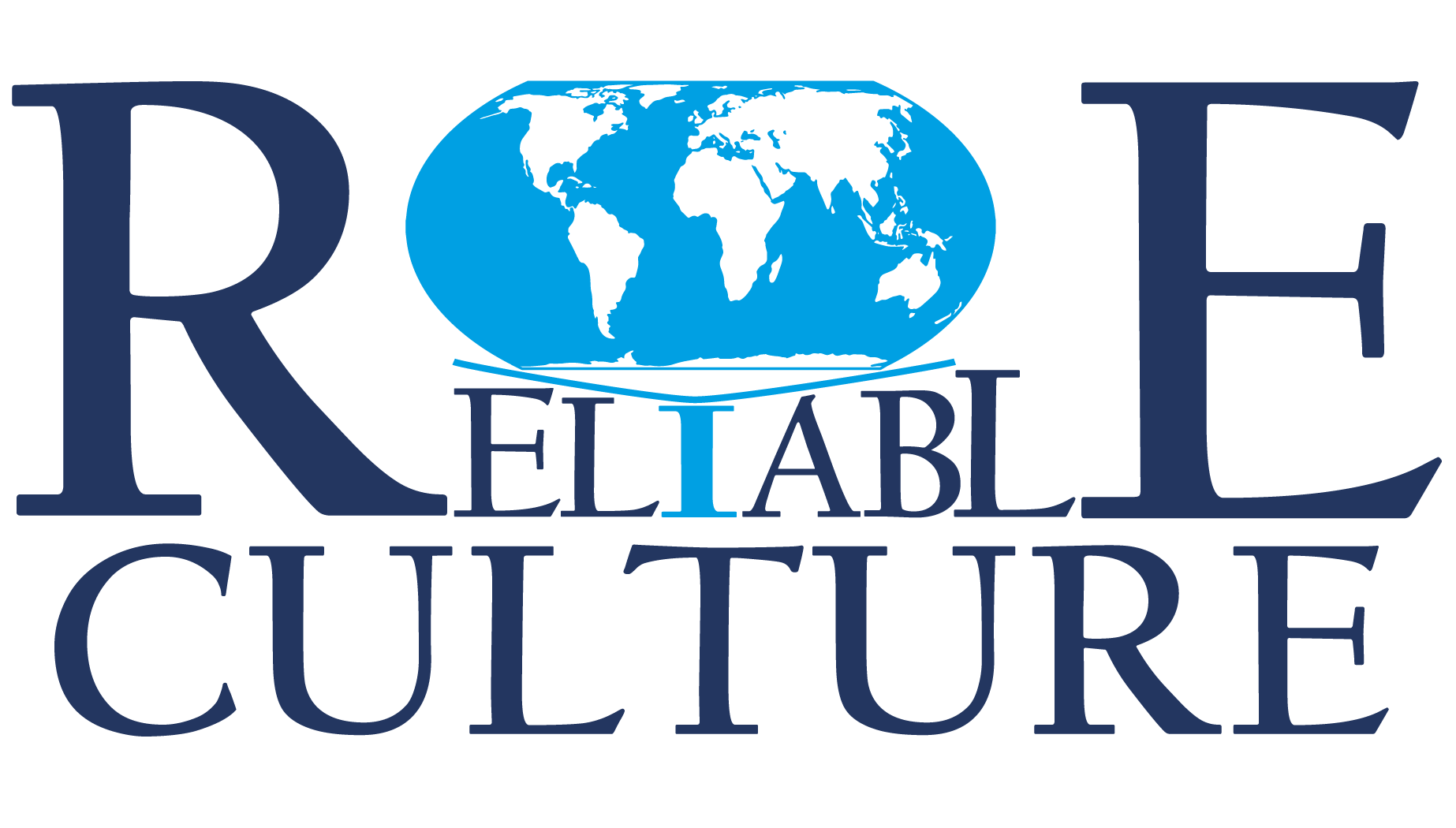
Michael Porter captured the best way to think about strategy by saying: “The essence of strategy is choosing what not to do.”
In my experience as an Organizational Transformation Practitioner, I’ve had the chance to review many times the documents capturing the “Leadership strategy”, the “HR strategy”, the “People and Culture Strategy”, the “Mission and Values”, or other similar documents that have a very good reason to be there, but were there just because “other companies had them”, and they created “something” similar, disconnected from any effect on their organization.
One thing that was common to all of the struggling companies, was the fact that they wanted everything (or many things), especially things that were obviously in opposition with each other. For example, they wanted both the people to take initiative and ownership, but at the same time, people were being scapegoated because of various antagonistic procedures. Yet, this dissonance was not obvious to the internal leaders. In some cases, I could feel that the document had been “improved” by the experience of many leaders, to the detriment of its clarity, taking away the inspirational aspect.
So how does one create a Growth Culture? Is that something available only for a particular industry? Or only in some particular countries? Or only with a particular process or model on Organizational Culture? The answer to the last three questions is “No”. A Growth Culture can be achieved by an organization in any industry, in any country, and with any reliable process on Organizational Transformation, as long as Growth is really the thing that the Organization needs. For example, an organization like the UN should not strive for a Growth culture, but for a Culture of consensus, of mutual understanding, of serving more people around the world, but not a Growth culture. It would be a pity to hire an executive or a change agent that is addicted to building a Growth Culture, or a Culture of Innovation (or other trendy Culture), and miss the fact that that particular organization needs something else at that moment in time. Culture is (or at least it should be) ALWAYS secondary, SERVING the MISSION and the main Goal of the organization. Culture is HOW you do things, not WHAT you do. “Culture eats strategy for Breakfast” (P. Druker) happens exactly when the clarity is lost and People get addicted to HOW they do things versus WHAT they have to do.
In big lines, what does an executive need to do in order to create a Growth Culture:
The 1st thing is to understand (in a structured manner) what the entire leadership team (and further the rest of the organization) thinks is important for the company. This will enable the change agent or the executive to conclude whether Growth is really on the table at that moment in time, or better focus on stabilizing the organization, patching its wounds (removing some toxicity, getting over some past traumas, diminishing a higher than accepted attrition, etc) and preparing the field for Growth to start happening in 6 or 12 months. For example, if the organization lost some talents due to vague reasons, including salary increases offered by the competitors, and the feeling is that retention could be improved, designing a Growth Culture might help, but, if the Organization is after a big merger and starts to lose talent due to increasing toxicity and internal competition, shifting the focus on building more Trust versus Growth might be the answer. This takes us to an interesting question, which I’ll answer later in the article: Wouldn’t an organization want to achieve both: Growth, and Trust? (and more?)
The 2nd thing would be to assess (measure) how people are working together currently, how are they communicating with each other, with the management, and other important aspects from a dynamic point of view of the Organizational Culture paradigm. It is very important to look at the Organizational Culture aspect from a dynamic point of view and not from a static, inventorial point of view because otherwise, you end up with another long TO DO list, disconnected from a real organizational improvement, list that is competing with your business delivery TO DO list. Some organizations use the Employee Satisfaction Survey to drive Organizational Culture change, and that is unfortunate because that translates into the executives putting the responsibility of the Organizational Transformation on the shoulders of the aggregated people’s opinion which is obviously wrong.
By having the first two steps concluded, it is fairly easy for an experienced change agent to highlight the discrepancies between how people are working currently in the organization and how it would be optimal for them to work together to deliver the goals of the organization. For example, one organization wanted more collaboration between their key departments to increase efficiency and grow the business, but at the same time, they were measuring the KPIs separately for each department in a disconnected manner. It is needless to say they have managed to achieve a beautiful toxic culture, in which each department’s KPIs were achieved alternatively at the expense of the other department’s KPIs, and overall to the detriment of the entire organization. In a Growth Culture, everybody is selling! or at least understand how their work is connected to selling more, to attracting more clients. There is also the tendency to be less pragmatic and to translate a Growth Culture as being the Growth of the individuals. Well, that is called a Learning Organization and although that is advisable to be pursued by many organizations (not just private businesses), it’s good to be FOCUSED and not mix things up. So, an Organizational Growth Culture is not advisable to be pursued by all organizations, without taking into account their current situation, hence I don’t recommend mixing the two concepts and confusing people.
The last big step is focusing on adjusting only the systems that will have the biggest positive impact on the organization and release the biggest trapped positive energy of the professionals working together. If the transformation plan has more than 5 big actions, the plan is a distraction for your people from their focus on the goals of the organization, and they will just learn to dodge such transformations in the future. Of course, the adjustments have to be made in line with the local ways of working. For example, reapplying the American reward and recognition practice of choosing the “Employee of the Month” might easily backfire in the Netherlands or Germany, for reasons obvious to a cultural expert eye.
Coming to a previously asked question, whether shouldn’t an organization pursue everything: Growth and Trust at the same time, the answer from a group behavior point of view is Not with the same focus, and Not aiming to drive a step improvement on each in the same time. Of course, an organization could aim at achieving both (and some other important things too), but it’s not always possible. Sometimes you can have a Culture of Growth without focusing on Trust, but rather on cut-throat competition, so being crystal clear about what you have and what you want, pays off for your business. It would be a pity to advertise a Culture of Trust in a cut-throat competitive environment and confuse some naive professionals that it can work. You guessed what would happen: they’d be kicked out with a big luggage of toxicity, contaminating the next organization they’ll get to work for (where hopefully they’ll heal).
Organizational Culture is not static. It is simply a paradigm that allows us to change group behaviors efficiently, hence an organization shouldn’t think that once they have achieved the Culture they set their mind to achieve, the work is over. The outside world is constantly changing, and the paradigm of Organizational Culture is just a tool that can be used efficiently to focus on the right things from a group behavior point of view.
I’m sure there are many questions left to be answered:
- How can I not focus on everything? Does that mean not doing some things at all?
- What should I do with the results from the ESS or CSS? Could I use my own created survey in order to assess the Organizational Culture?
- Which behaviors should I scrap in step three? How can I tell whether the trauma of the pandemic is still in the organization? How can I tell whether my people don’t trust the leadership?
- How should I adjust all the systems to be “local”, especially if I’m working all over the world and with people from all over the world in one location? What does “local” mean in that case? How can I tell that the 5 things I’ve chosen to work on are the ones that will release the biggest energy in the organization?
90% of the answers to these questions are “felt” at the guts level by the inspirational executives. For the remaining 5%-10% an external expert eye comes in handy, sometimes just to confirm (in a very rigorous manner) that you’re on the right path and it is just a matter of time, so keep going. Other times, the expert eye can tell you that you’re heading towards a big wall of resistance from your people. Regardless of the two situations, the expert evaluation is always something that should make sense. If the evaluation doesn’t make sense, feels burdening, or is scattered on many secondary aspects, it means it was done in the wrong manner.
Remember Michael Porter’s quote: “The essence of strategy is choosing what not to do.”
Reach out to get insights into your Current Organizational Culture and drive it to have a Growth Culture (or find out what it needs best at this moment). Check out our service below:

0 Comments